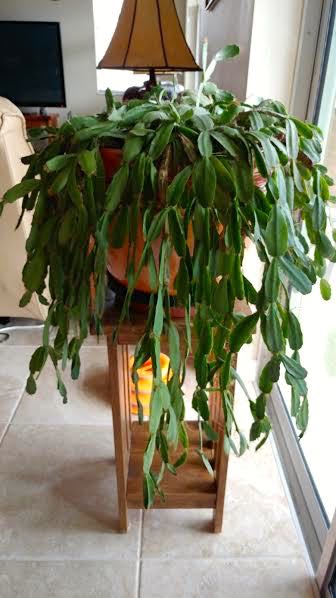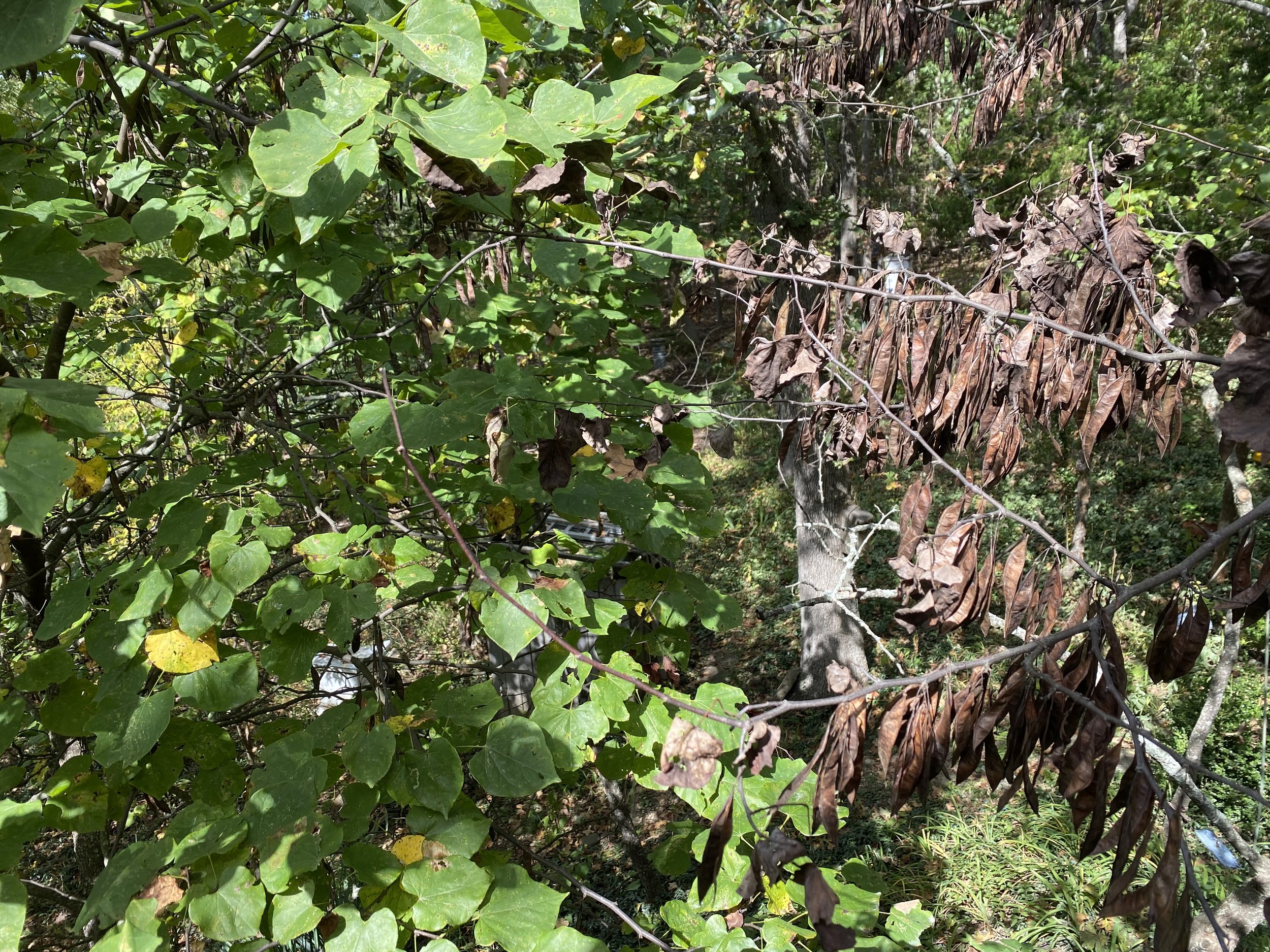What Plant Is This?
/“I have had this plant for nearly 30 years and at the time I received it it was a large mature plant. (Several years ago I subdivided it and repotted it.) This plant has only bloomed for me just a handful of times and then it was during July-August. The blooms were half again as long as my Thanksgiving cactus, more of a reddish-orange in color and the individual petals were longer and curled back more giving the blossoms a more "frilly" look.
What do I have here? Is it a Christmas Cactus that has a mind of its own re. blooming?
I now live in FL and there are no large shade trees I can put this under during spring through fall. I keep it inside with indirect sunlight. I know temp and lighting conditions are not of the type to induce blooming.
Any thoughts or suggestions? Thank you!’ — Linda
What Plant Is This?
Hi Linda,
You have a genuine, no longer on the market Christmas cactus. A couple of years ago someone gave me their 35-year plant (see photos) that is currently blooming.
See how the leaf pads of my Christmas cactus is the same as yours? (Photo by Charlotte Ekker Wiggins)
Christmas cactus like to be crowded to bloom so re-potting may have interfered with their blooming cycle. They also prefer sandy soil. Since they are so shallow-rooted, the sand makes it easier for them to grow.
Since you are in Florida, their light requirements may have interfered with their blooming cycle. To get them to bloom, they need to be placed in the dark for a few weeks. You can place them in a dark room or cover with a box or bag for at least 12 hours a day for a month. Once tiny buds appear, you can give them light again.
Their darkness requirements are similar to Poinsettias, originally from Mexico, that also require being in the dark for a few weeks in fall so their bracts turn red by Christmas.
So if you want them to bloom around Christmas, put them in the dark in September or October and you should have flowers by December.
My Christmas cactus currently in bloom. (Photo by Charlotte Ekker Wiggins)
These plants originated from the Espirito Santo area of Brazil. The Thanksgiving cactus has taken over the retail market as a "Christmas cactus" since they have been bred to have a variety of colors and the original "Christmas cactus" is no longer sold.
Thanksgiving cactus, by the way, has little spikes on the end of their pads, like little horns. The original Christmas cactus pads are long and smooth.
Thanksgiving cactus have little spikes on their fleshy pads. (Photo by Charlotte Ekker Wiggins)
Let me know if this works for you, it has kept my variety of both Christmas, Thanksgiving and Easter cacti continuously blooming!
Charlotte

















